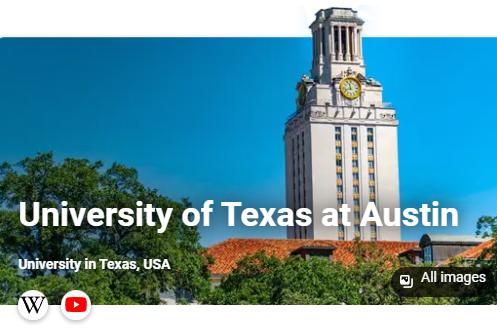By Jack Sterling
•
November 14, 2025
AI web browsers are reshaping how we surf the internet, blending machine learning with everyday navigation to deliver smarter, more intuitive experiences. In 2025, with over 60% of users adopting AI-enhanced tools per Statista reports, these browsers go beyond displaying pages—they anticipate needs, automate tasks, and personalize feeds. Traditional giants like Chrome face stiff competition from innovators like Perplexity's Comet AI web browser and OpenAI's Atlas by ChatGPT , launched in July and October respectively. Both leverage LLMs like GPT-4 for contextual assistance, but they diverge in focus: Comet emphasizes agentic research and multi-tab automation, while Atlas prioritizes conversational integration and memory-driven workflows. This Comet AI web browser vs Atlas by ChatGPT showdown explores their features, user experiences, performance, and future potential, helping you choose the right AI companion for seamless browsing. Introduction to ATlas and Comet AI Web Browsers AI web browsers embed advanced algorithms to learn from your habits, offering predictive search, content synthesis, and hands-free controls. They analyze interactions to build profiles, suggesting articles or filtering spam, while voice integration boosts accessibility. Security shines too—AI flags phishing in real-time, reducing malware risks by up to 40% according to cybersecurity firm LayerX. Privacy remains a hot topic; both Comet and Atlas opt users out of data training by default, but transparency varies. As the market hits $5 billion in 2025 (per AIMultiple benchmarks), these tools promise efficiency gains, from quick summaries for researchers to automated bookings for travelers. Yet, with rising data concerns, robust controls are key. Features of Comet AI Web Browser Perplexity's Comet, a Chromium-based browser, stands out for its agentic AI, automating complex workflows without constant input. Launched in early access, it supports multiple LLMs (including GPT-4.1) and excels in deep research: crawl sites, generate reports with verifiable sources, and export data as CSVs—ideal for analysts sifting through Amazon reviews or gym comparisons. Real-time content summaries condense pages into key points, while multi-tab awareness lets it compare open sites (e.g., membership prices across tabs) via charts. Features of Atlas by ChatGPT OpenAI's Atlas, also Chromium-based and Mac-exclusive at launch (Windows/iOS/Android incoming), embeds ChatGPT as a core sidebar for contextual queries. Ask about a page—"Summarize this article" or "Compare these products"—and it delivers chatbot-style responses with images, videos, or news tabs. Agent mode (Plus/Pro subscribers) automates tasks like booking hotels or filling forms, using a virtual cursor for precise navigation. Browser memories (optional) recall past searches for personalized suggestions, like resurfacing job postings with trend summaries. It supports Chrome extensions, Pomodoro timers via voice, and incognito mode for privacy —data isn't trained unless opted in, with ARIA tags aiding accessibility. Reviews highlight its "collaborative workspace" vibe, but criticize upgrade nags and limited multi-account support. At $20/month for full features, it's conversational gold for deep dives. Comparing Atlas vs Comet User experience splits along efficiency vs. interactivity. Comet delivers a proactive, low-friction flow: Its background agent handles grunt work like multi-site research, reducing cognitive load for power users. Interfaces feel intuitive, with quick charts and exports earning 4.5/5 on early Reddit threads—perfect for multitaskers, though some find its "malware-like" data prompts intrusive. Atlas, conversely, feels like a "knowledgeable companion," fostering dialogue for exploratory browsing. The sidebar anticipates needs (e.g., defining terms on-the-fly), making it engaging for learners—Tom's Guide users love scrollable tabs but note chaos in agent tasks. Both score high on accessibility (voice/multilingual), but Comet edges for speed, Atlas for depth. Choose Comet for task automation, Atlas for guided discovery. --------------------------------- Looking to 2026, both browsers signal AI's web evolution. Comet plans broader LLM integrations and proactive agents, potentially automating forgotten tasks via history analysis. Atlas eyes cross-platform expansion and enhanced agents, blending with OpenAI's ecosystem for "super-assistant" workflows. Privacy upgrades—like blockchain for data control—could address criticisms, while NLP advances promise hyper-personalization. As Google integrates Gemini, expect fiercer battles; hybrids may emerge, fusing Comet's automation with Atlas's chat.



